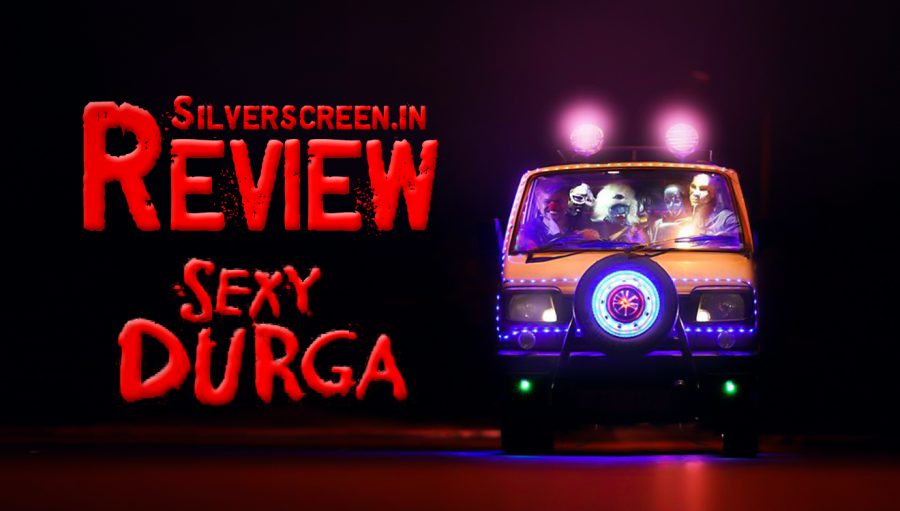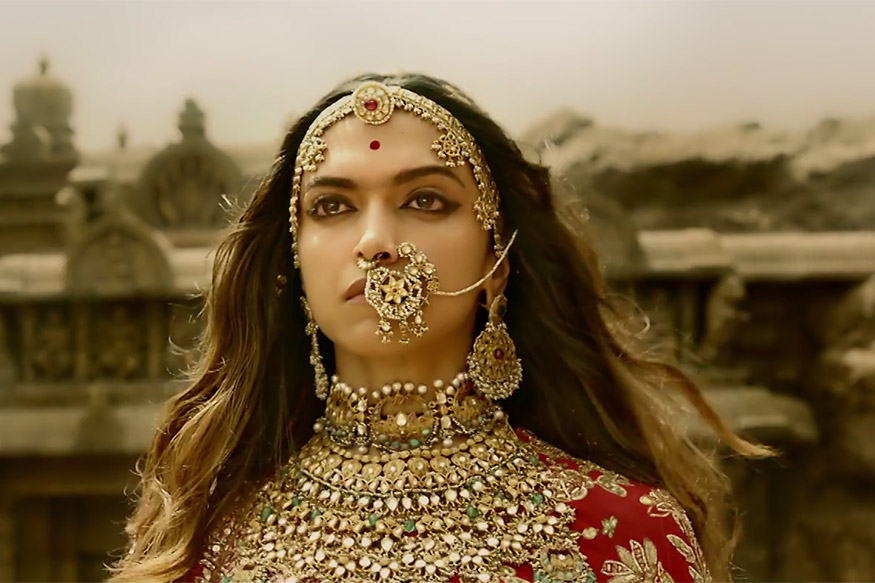S Durga (previously titled Sexy Durga) was unceremoniously dropped from the International Film Festival of India (IFFI), a decision taken by the Information and Broadcast Ministry headed by Smriti Irani. Later, it was declared that Sanal Kumar Sasidharan’s S Durga would be screened at the festival festival but that never happened. The film’s director termed the controversy around the film’s screening as “total mockery of the democracy”.
Here’s Silverscreen review of the film which was originally published on January 28.
In Sanal Kumar Sasidharan’s S Durga, fear is the protagonist. While violence keeps lurking beneath the film’s surface, it is fear that leads the film on the foreground.
On the night of Garudan Thookkam, a Hindu religious festival in which men pierce their skin and suspend themselves from metal hooks to fly like a Garuda (eagle) to please the Goddess Durga, a young woman and her lover elope from their houses to leave Kerala and settle down in a far away city. Stranded on a deserted state highway, the couple – Durga and Kabeer – hitch a ride from two strangers in a van to the nearby railway station. The drive turns into a nightmare as the men start harassing the couple, threatening to violate Durga sexually. And the night stretches out endlessly before the young lovers who can’t seem to escape from the looming danger.
Anyone who understands the gravity of gender-based violence in India, would know how life-threatening an Indian road can be at night for a woman traveller. Every man on the road takes the shape of a beast, ready to pounce on women whose immediate identity is reduced to a defenceless object of desire. Anushka Sharma’s 2015 thriller NH10 and Sameer Thahir’s 2016 film Kali dealt with a similar plot, but Sasidharan’s narrative is cleverer on many levels.
With the camera fixed in and around the van, he weaves the plot with the help of dialogues that proceed organically. Although the violence in the film is never explicit, one could feel it everywhere on the screen, always. Even as the captors, with a sly smile, reassure the couple that they would be let off safely, the subtle ups and downs in their conversation hint that it might not be so. The fear that grips Kabeer and Durga creeps into the viewers quickly, putting them in the passenger seat of the white Maruti Van, letting them experience the unfolding horror.
***
Sasidharan builds up tension at a perfect pace, inserting narrative pauses in the right places. More than once, the couple sneaks out of the van and try to reach the destination on their own. But each time, they are forced to return to the hands of their tormentors. When the van stops at a police checkpost, one almost hopes that the couple finds some respite from the ordeal. It is interesting to see how power equations change in this sequence – the men who were perpetrators till then, suddenly become victims and the violence becomes state-backed.
The film uses the couple’s inter-religious status and Durga’s north Indian identity to complicate the situation further. “Aren’t you taking her to Pakistan?” two bike-riders on the road ask Kabeer, on learning of his Muslim identity.
***
The film cleverly portrays how baffling male egos can be – the eagerness to be protectors and guardians, and how society blindly approves of this bloated machismo. The film’s opening sequence, a show of countless bare male bodies, pierced and put through intense pain, is brilliant, although slightly long-winded. In a festival that celebrates the power of a goddess, it is masculinity that rules the roost. The men dance in scanty clothes, display their physical toughness and take the centre stage, as women devotees politely watch from a corner.
In a later sequence, this religious parade is subtly juxtaposed with the young couple’s trauma, indicating how deep-rooted is the society’s celebration of virility and machismo.
However, there are images and verbal exchanges in the film that come across glaringly loud. Like the idol of Durga kept on the dashboard of the van and the conversations woven around it. When the commentary on faith and the gender equation inside religions has already been made, this overbearing silhouette of the Durga idol becomes a jarring presence.
***
The cast, which consists mostly of first time actors, perform flawlessly. Sasidharan’s love for what could be described as ‘camera acrobatics’ repeats in the film, where he tries a lot to play with the camera movements, making it party to the whole unfolding drama than just be an observer. Nevertheless, it is difficult to say if it works in favour of the film.
***
Recommended
S Durga finishes off as an edgy road thriller, the dark taste of which lingers on even after the curtain falls. That Sasidharan’s pulled off this feat on a shoe-string budget is testimony to the power of intelligent writing and restrained direction.
Cinema isn’t dying in this age of show of opulence and flashy modern technology, it is just discovering new styles of narration to stay afloat and emerge stronger than before.
***
S Durga was screened in the Havos Tiger Awards Competition section at 46th IFFR.
***
The S Durga review is a Silverscreen original article. It was not paid for or commissioned by anyone associated with the movie. Silverscreen.in and its writers do not have any commercial relationship with movies that are reviewed on the site.



